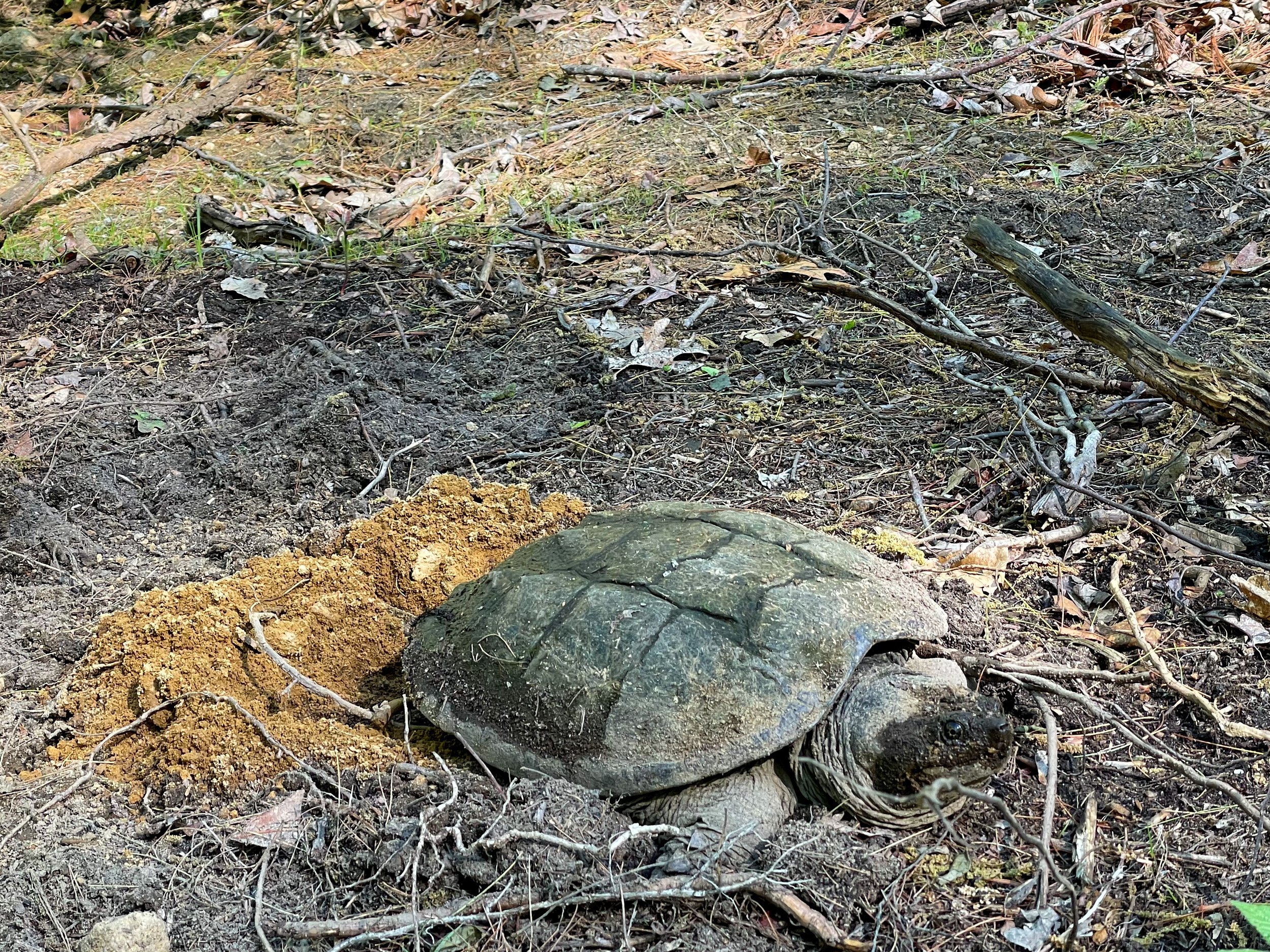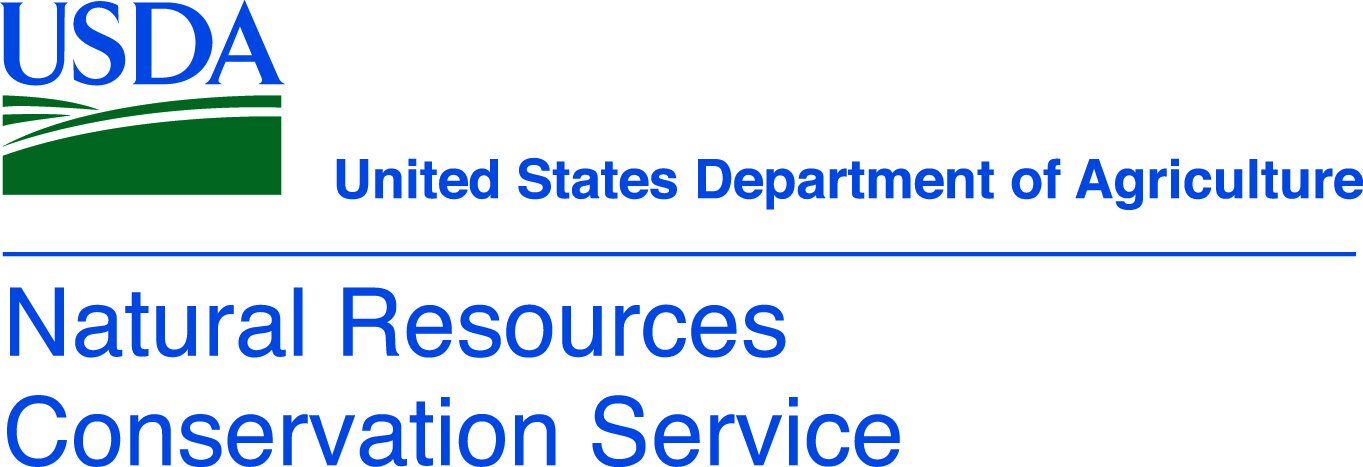
Turtle Nesting Habitat Demonstration Project
In 2018, RCCD was awarded funding through a cooperative agreement between the Natural Resources Conservation Service (NRCS) and the New Hampshire Association of Conservation Districts (NHACD) to successfully demonstrate practices that create suitable nesting habitat for turtle species (particularly Blanding’s and spotted) in forest landing sites with the goal that these practices can be successfully incorporated into future forest management activities throughout New Hampshire.
New Hampshire is home to seven species of native turtles: Eastern painted turtle (Chrysemys picta), Eastern box turtle (Terrapene carolina carolina), snapping turtle (Chelydra serpentina), common musk turtle (Sternotherus odoratus), spotted turtle (Clemmys guttata), wood turtle (Glyptemys insculpta), and Blanding’s turtle (Emydoidea blandingii). Of these seven species, four are listed as endangered or threatened in NH and are considered in greatest need for conservation in the NH Wildlife Action Plan: Blanding’s, Eastern box, spotted, and wood turtle. Additionally, Blandings, spotted and wood turtles included in the Working Lands for Wildlife initiative and a priority for NRCS. Threats to these species’ survival are mainly anthropogenic factors including habitat loss and fragmentation which results in decreased habitat for activities such as nesting, overwintering, and staging. Fragmentation also leads to increased mortality when turtles are traveling to and from critical habitat.
In 2018, RCCD was awarded funding through a cooperative agreement between the Natural Resources Conservation Service (NRCS) and the New Hampshire Association of Conservation Districts (NHACD) to successfully demonstrate practices that create suitable nesting habitat for turtle species (particularly Blanding’s and spotted) in forest landing sites with the goal that these practices can be successfully incorporated into future forest management activities throughout New Hampshire.
After coordination between NRCS, New Hampshire Fish and Game (NHFG), and the participating landowner, restoration areas within the chosen property were selected and a total of 14 nesting sites were created. Site development techniques to create suitable nesting habitat included ground scarification to remove vegetation and discourage rapid vegetation regeneration, selective cutting to allow for six or more hours of direct sunlight, the removal of slash and other debris, and the addition of sand mounds.
Over the course of the project several site visits were conducted during which RCCD observed signs of common snapping turtle and painted turtle nesting activity as well as a Blanding’s turtle in proximity to one of the nesting sites. Game cameras were also successfully deployed by the RCCD and the NHFG in Spring 2021 and the RCCD in 2022 to monitor for nesting activity.
The goal of this project was to develop suitable turtle nesting habitat in forest landing sites, demonstrating practices that can be successfully incorporated into future forestry management throughout the state.
-Arianna Spear, RCCD Conservation and Stewardship Manager

-Creating nesting habitat near known nesting sites increases the probability that turtles will find the site immediately. This female painted turtle was observed at one of the chosen project sites.
-Open canopy areas with full southern exposure and well-drained soils is ideal turtle nesting habitat.
More About The Project
-

Site Preparation
Trees were cleared at several project sites to open up the canopy for adequate sun exposure and the ground was scarified with a piece of mechanically powered equipment before sand mounds were introduced to the site.
-
Nesting In Action
Sandy soil was more abundant than ever at this location where site preparation included ground scarification to remove existing vegetation and loosen up the soil and tree removal to open up the canopy of the existing clearing. During a site walk to examine the completed site preparation, 5 common snapping turtles and 1 painted turtle were observed attempting to nest at this site.
-
Game Cameras Deployed
In May of 2021, game cameras were deployed to monitor for nesting activity. Cameras were set to a time-lapse function which enables them to take a series of photos at set times throughout the day.






